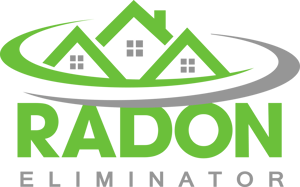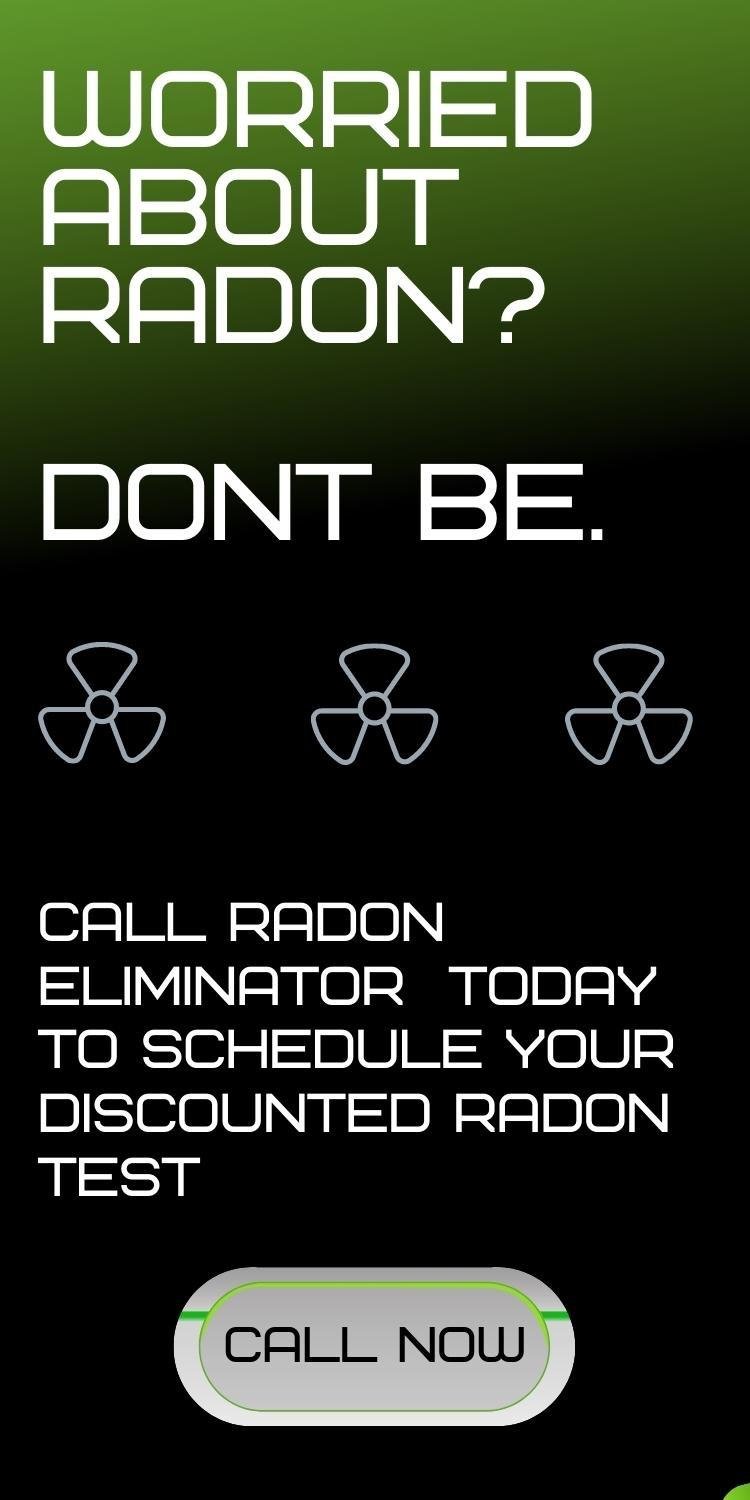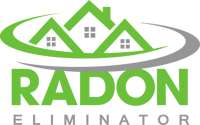If your home contains elevated levels of radon gas, you will need a Radon Mitigation System installed to remove the high concentration levels in your home.
For more information on homes with high radon levels, read our blog post: "Is it Safe to Buy a Home with Elevated Radon Levels?"
There are many ways for a home to be built, which means there is more than one way to install a radon mitigation system. There are several options for installation depending on the layout of each home.
When you obtain a price quote from our licensed mitigation specialist they will explain which type of installation will be the most beneficial for your home.
Radon Eliminator offers the highest quality of service. Read more about it in our blog post: "Quality Assurance Guarantee When You Choose Radon Eliminator."
Table of Contents
- Exterior Radon Mitigation System
- Interior Radon Mitigation System
- Crawl Space Installation
- Passive Mitigation System
- Sump Pump Installation
- Schedule a Free Mitigation Estimate
Some of the options for installation include the following:
Exterior Radon Mitigation System 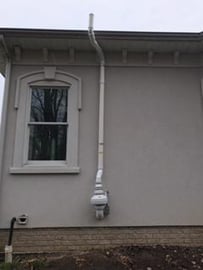
Exterior radon mitigation systems are installed on the outside of the home. The main suction point
will be located in the basement or lowest level of the home, while the pressurized components of the system such as the fan, are located on the outside.
Exterior systems are common because if you have a home with a detached garage your only option will be an exterior system.
With that being said, there are usually multiple options for where the suction point will be placed inside the home, but the fan will have to sit on the exterior of the home since the garage is unattached.
Interior Radon Mitigation System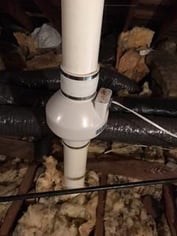
Interior radon mitigation systems are installed through the attic space of an attached garage. The main
suction point will be in the lowest level of the home and routed into the garage with the fan placed in the attic where it will be hidden from sight.
Many homeowners prefer interior systems because they are more visually pleasing and hidden inside the attic instead of being on the exterior of the home.
The only way for an interior system to become an option is if the home has an attached garage.
Crawl Space Installation
Crawlspaces can be a major radon entry point. If the home contains a crawl space, the licensed professionals
will be required to address it
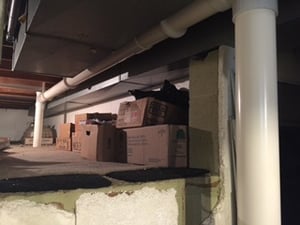
If the crawl space is gravel, it will be sealed with a durable vapor barrier that is sealed air-tight. If it is a
concrete crawl space, and height permitting, they may be able to add a suction point directly into the crawl space.
Passive Mitigation System
Passive radon mitigation systems are usually installed when a home is being built. A passive system only contains a vent pipe that extends from the sub-slab up to the eave line of the roof and a physical barrier between the soil and the home's foundation.
Passive systems rely on natural pressure differentials and air currents to eliminate radon from the home. If a home contains extremely high levels of radon gas, a passive system may not be enough suction to lower the levels.
Sump Pump Installation 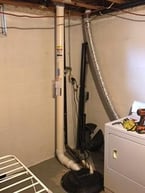
A sump pump installation can only be done when the home has a sump pump already installed.
A sump can be utilized as the main access point for ventilation as long as the sump is accessible. If the home has a sump and it is not being used for a suction point, the sump will need to be sealed so radon does not enter through the opening.
Contact The Top Radon Mitigation Company in Ohio
If your home contains elevated levels of radon gas, our licensed radon mitigation company will provide you with a free quote for an installation.
One of our licensed mitigation specialists will suggest the best option for radon mitigation for your home and answer any questions you may have about the installation process.
If you would like a free quote for a Radon Mitigation system, click on the link below to speak with a specialist today!
